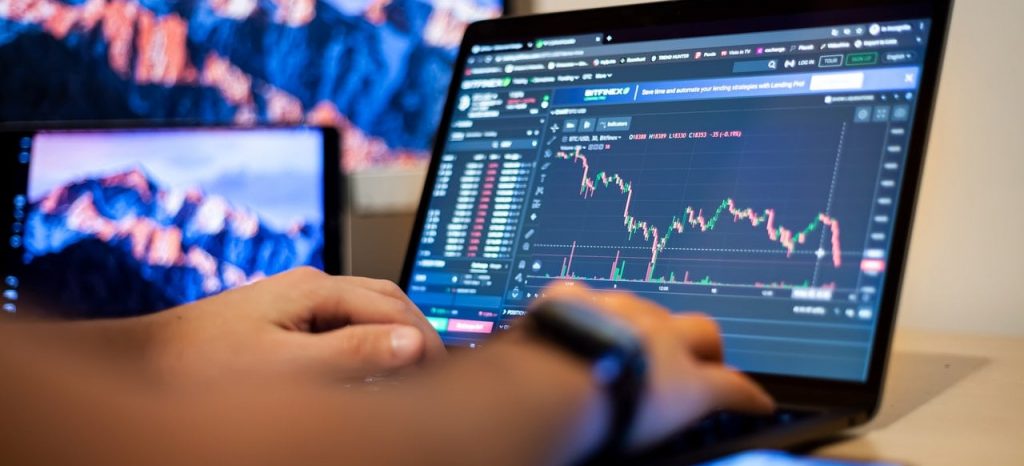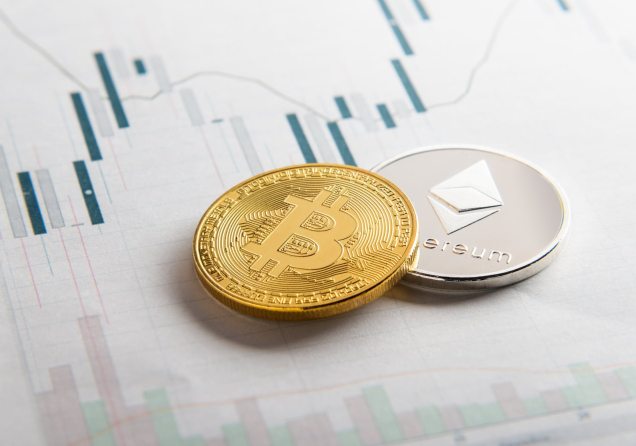Leveraged Trading vs. Investing - What’s the Difference?
Many people use trading and investing interchangeably, but the two aspects are fundamentally world-apart. The only similarity is that traders and investors seek to make a profit over time. The long and short of it is that investors seek to make profits from a long-term approach by buying and holding financial instruments. On the other hand, leveraged traders seek to profit from up and down movements of the prices. The trades extend over a short time benefiting from smaller but frequent price movements.
What is Leveraged Trading?
Unlike conventional traders, leveraged trading involves raising partial capital and using the broker’s borrowed funds to complete a trade. The required initial capital depends on the margin requirement. A broker with a 5% margin requirement offers leverage of 1:20. Therefore, you can trade assets worth $1000 by depositing $200. Leverage comes in handy when placing CFD trades. For instance, you can trade commodities, forex, and crypto CFDs.
Now, here are the leading differences between leveraged trading and investing.
1. The Goal
Investors aim to build wealth from portfolio investment instruments, including bonds, stocks, and mutual funds. They look for undervalued assets with a high chance of capital appreciation. The investors buy the assets and hold them with the expectation of making profits from the value appreciation.
Conversely, traders buy and sell financial instruments frequently. They trade currency pairs, stocks, and commodities to generate multiple returns, which could eventually supersede investment. Leveraged traders can generate returns by buying low and selling higher. They also profit by short-selling, which involves selling at a higher price and buying at a power price to cover the trade. This explains why trading has exploded recently.
While investors might be content with about 10% annual returns, traders can seek as much as 10% per month. Even without compounding, a 5% return translates to 60% annual profits.

2. Trading Period
Investing has a long-term approach holding the assets for years or decades. The profit from rising values is compounded by dividends, stock splits, and interests. Investors get through downtrend movements with the expectation that the general trend is upwards and the price rebound will recover any loss.
While investors wait to ride out a less profitable instrument, leveraged traders use stop losses to exit losing trades within a relatively short period. They may also use technical indicators such as relative strength index and stochastics to single out high probability trades.
However, the exact span depends on the type of trader you are. For instance, scalpers close positions within seconds while day traders close trades on the same day. Swing trade can hold trades for weeks. Position traders pretty much share a thing with investors by holding the instrument for years.
3. Analysis Method
Investors tend to be more focused on fundamentals, including economic forecasts and price-to-earning ratios. Traders, on the other hand, gravitate towards technical analysis. However, they often check news reports to get a gist of what is happening in the market and make trading decisions. Fundamentals are not as useful to traders. The fact that the financial instrument has good fundamentals doesn't mean its value will increase within a few hours.
4. Risk Involved
Investors mitigate the risks by diversifying their portfolios. In fact, ETFs and mutual investment vehicles allow investors to stake in various assets. The most important consideration when choosing a portfolio is withdrawal date and risk tolerance
The biggest trading risk is losing huge capital within a short time. The risk is compounded by the use of leverage - borrowing capital from the broker to buy assets with money you don't own. This is known as trading on margin. You can minimize this risk by using relatively small positions and stop-loss orders. Remember, no one can accurately predict the market, and everyone is prone to make some losses. Retail trading tends to be riskier because there is less diversification. Traders focus on one instrument at a time because they open multiple daily trades. Essentially, trading involves speculation.
Final Note
Investing and trading differ significantly. The major differences are based on risk, time, and approach. But you can actually participate in both. Many investors hold assets for retirement. Moreover, trading is considered short-term and has higher risk, while investing in the long-term has lesser risk. When they make the right trading decisions, they could potentially make higher returns.
Spread bets and CFDs are complex instruments and come with a high risk of losing money rapidly due to leverage. The vast majority of retail client accounts lose money when spread betting and/or trading CFDs. You should consider whether you understand how spread bets and CFDs work and whether you can afford to take the high risk of losing your money.
Regulated Brokers
The table below contains links to 3rd party websites of our top partners from whom we receive compensation at no additional cost to you.













